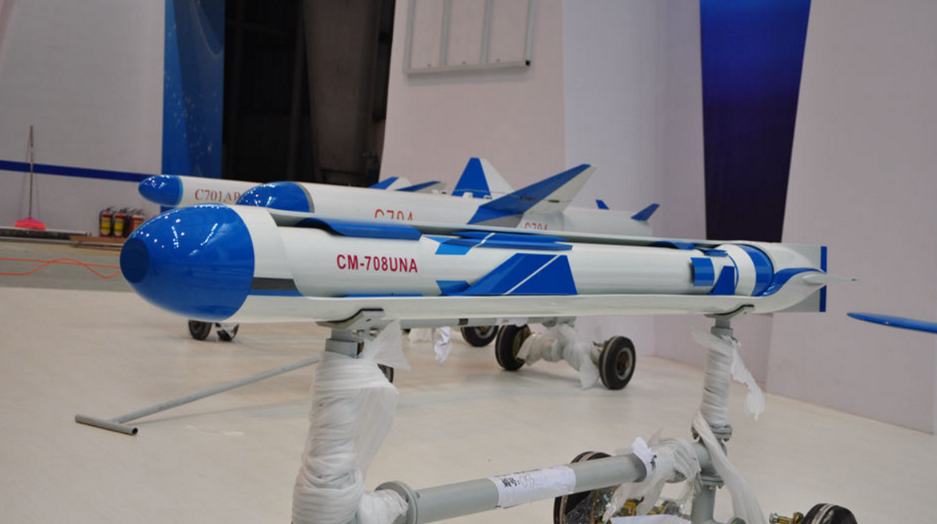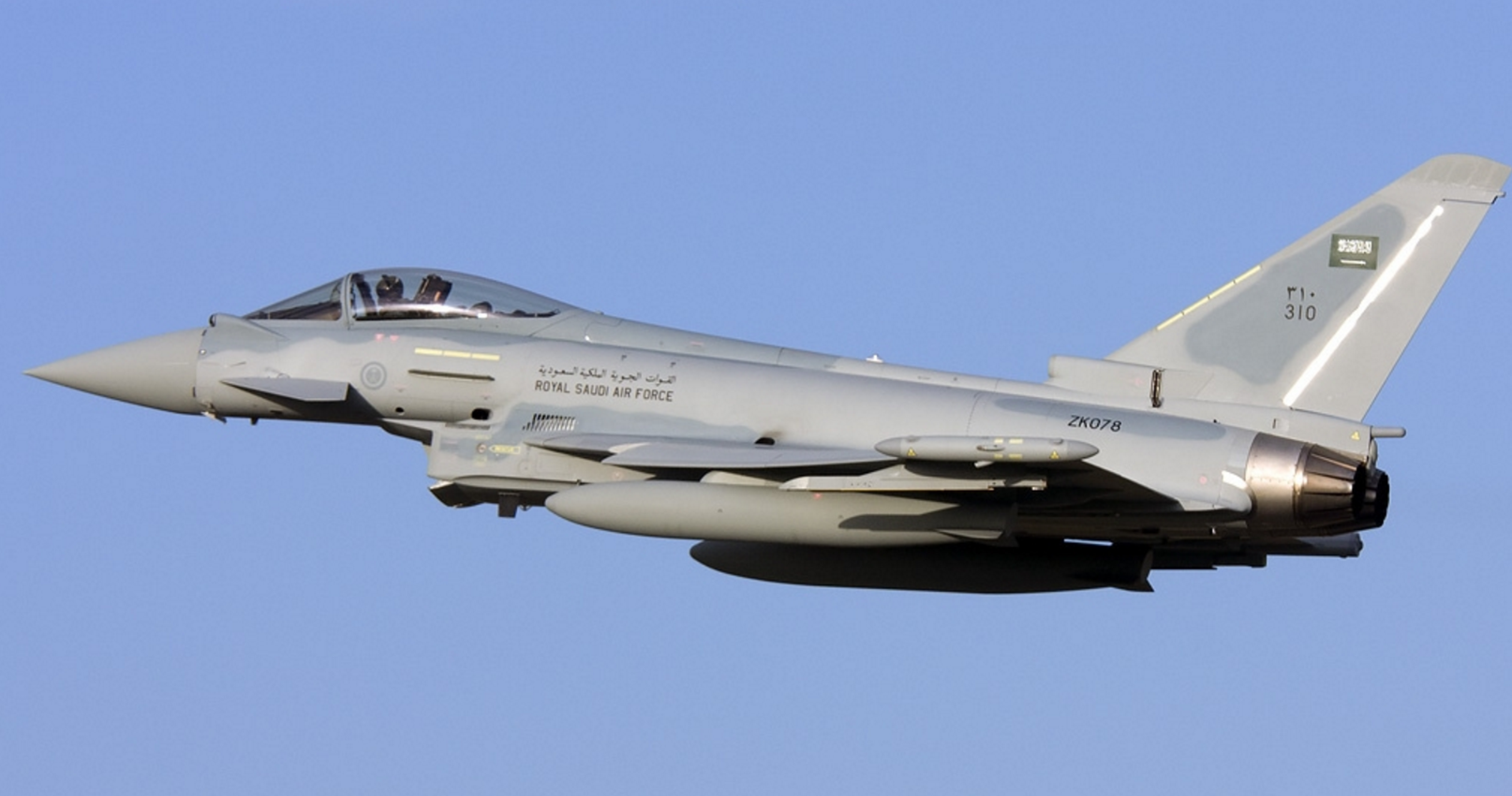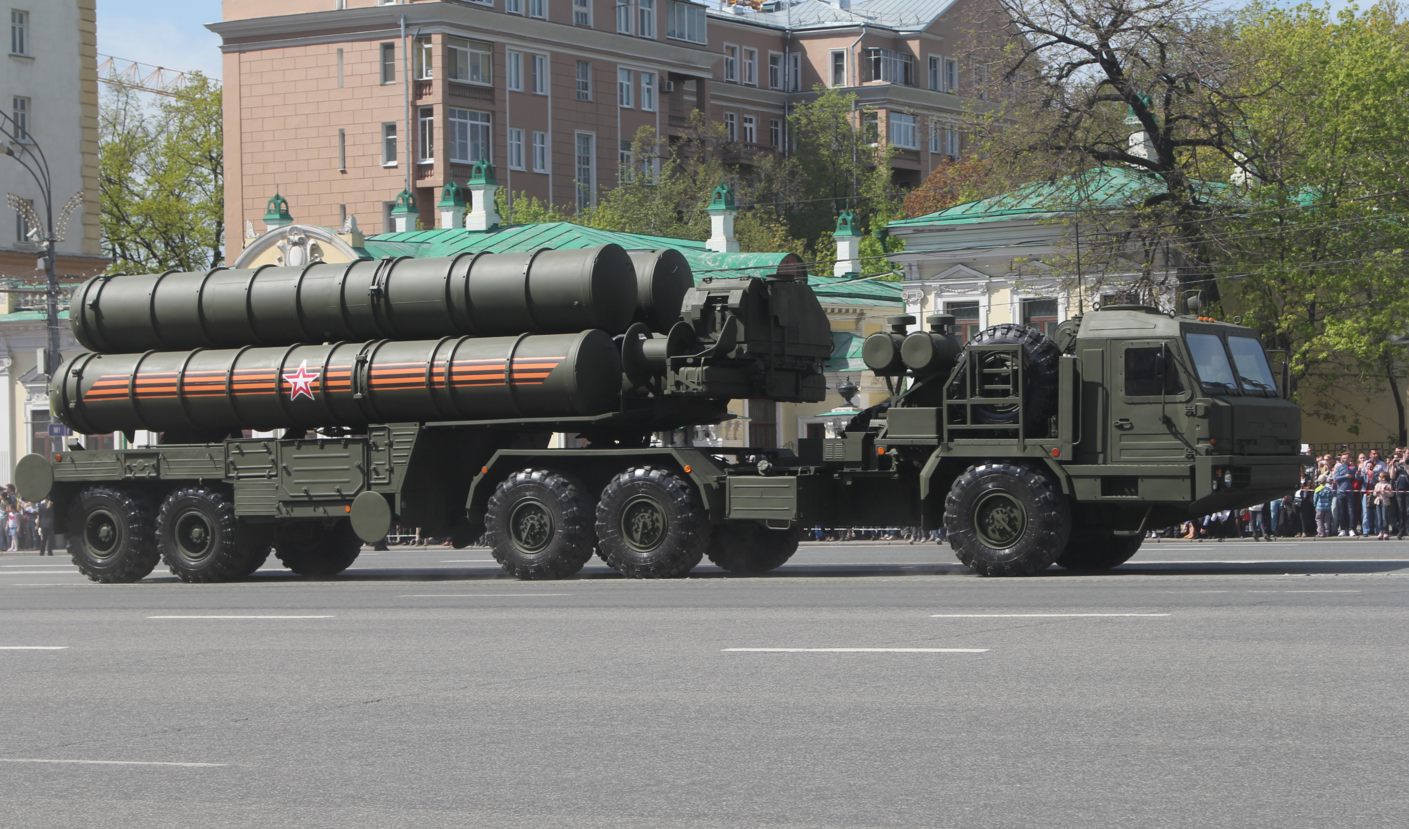17Views 14Comments

DSA 2016: China shows off new anti-ship missile and drone boat
By Bilal Khan
At the 2016 Defence Services Asia (DSA) exhibition, the China Aerospace Science and Industry Corporation (CASIC) revealed its new submarine-launched anti-ship cruise missile (ASCM), the CM-708UNB.
The CM-708UNB is being marketed as having a maximum range of 290km, just shy of the 300km limit put in place by the Missile Technology Control Regime (MTCR). Its predecessor, the CM-708UNA, is a shorter-range ASCM at 128km. IHS Jane’s notes that the CM-708-series is derived from the C-802-line of anti-ship missiles (AShM), with the CM-708UNB being based on the C-803.
As an ASCM, the CM-708UNB is designed to be launched from a submarine’s torpedo tubes. ASCMs (such as the UGM-84L sub-Harpoon) are encapsulated and supported by a rocket-booster. The missile is launched through the torpedo tube, travels through the water, and then reaches the surface. Once in the air, the missile loses its capsule or casing, and (with the help of its booster), proceeds towards its intended target. Like the CM-708UNA, the CM-708UNB is being marketed for export.
Pakistan concluded a purchase of eight air independent propulsion (AIP) equipped submarines from China late last year, it is possible – if not almost certain – that the CM-708UNB will join the submarines. With its 290km range, the CM-708UNB would offer a genuine boost to the Pakistan Navy’s area denial capabilities, which are being strengthened through the procurement of shore-based AShM as well as fast attack crafts.
Given the availability of the CM-708UNB for export, one should ponder about the People Liberation Army Navy (PLAN)’s own capabilities. By any measure, the CM-708UNB is a serious product offering, one can only imagine how much more capable the PLAN’s own ASCMs must be at this stage.
Moreover, China is also marketing one of its unmanned surface vehicle (USV) programs, a 13 metre high-speed interceptor. The USV concept was originally revealed in 2015 and is currently going through tests with the PLAN, but an export variant is expected to be on offer within a year. The USV’s maximum speed is being billed at 80 knots, which is about 148km/hr (or three times the speed of the PN’s F-22P frigates).
Given the limited financial means of the Pakistan Navy, solutions such as USVs could be a means through which the Navy could bridge certain capability gaps. Imagine the prospect of very fast and stealthy USVs equipped with laser-guided or imaging infrared-tipped Hellfire-II class missiles, or lightweight torpedoes, or simply electro-optical surveillance and data-link equipment. USV (as well as UAV and UUV) development is certainly an area the Pakistan Navy should consider exploring.


